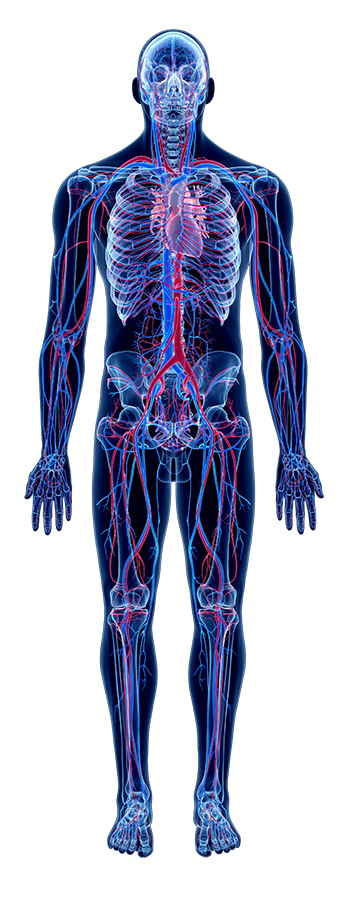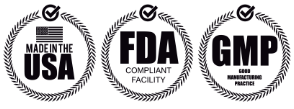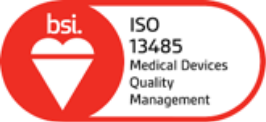Collagen is the main structural protein in between cells and tissues of the human body. As such, it is the most abundant protein making up 25% to 35% of the protein content of the entire body. Therefore, many medical fields and applications use collagen and extracellular matrix materials for their structural and biologic properties. Purified collagen and preserved extracellular matrix material provide a non-immunogenic and cytocompatible scaffold that facilitates cell recruitment and proliferation.
Collagen has been used to coat stents to improve biocompatibility. Collagen coatings may be used as a vehicle for drug delivery.
Biologic scaffolds rich in collagen have been used as dural grafts in cranial repairs as well as tendon wraps, soft tissue reinforcement, or adhesion resistant barriers in maxillofacial applications. Collagen may be used as a bone void filler or a dermal filler in plastic and reconstructive surgery applications.
Extracellular matrix scaffolds are used extensively in Guided Bone Regeneration or Guided Tissue Regeneration in dental applications.
Collagen and tissue scaffolds are used extensively in tissue engineering research and cell culture applications. Collagen substrates are often used for cell attachment, migration, or orientation studies.
With hemostatic properties, collagen and collagen scaffolds may be used as a resorbable hemostatic membrane. Collagen fibrils in collagen powder helps to trap platelets and assist in forming a clot to stop bleeding. Extracellular matrix scaffolds are widely used in hernia repair and other areas of soft tissue weakness. Depending on the source of the extracellular matrix tissue, extracellular matrix scaffolds have been used as adhesion resistant barrier membranes for surgeries taking place within the abdominal cavity and colorectal surgery.
Demineralized bone matrix is essentially a collagen matrix. Collagen, allograft, or xenograft tissue is used extensively in orthopaedic procedures as either a filler material, or as a barrier or biologic for improving healing.
Collagen and tissue scaffolds, like AlloMEM, have been used as adhesion resistant barrier membranes in spinal laminectomy procedures.
Allograft/xenograft tissue is extensively used as a protector and adhesion resistant membrane in tendon repair (e.g., rotator cuff, Achilles, ACL, etc.)
Collagen or allograft/xenograft tissue makes up the majority of the advanced wound dressing market. The collagen and remnant growth factors in the tissue contribute to improved healing by attracting additional wound healing cells such as fibroblasts into the area. The presence of collagen also reduces excess proteinases and gelatinases that unbalance the wound microenvironment and breakdown the rebuilding wound in chronic wounds.

We have experience with various material formats including powders, gels, foams, and sheets. Monolithic or composite structures can be developed with partners. We will deliver on your development and contract manufacturing needs!



